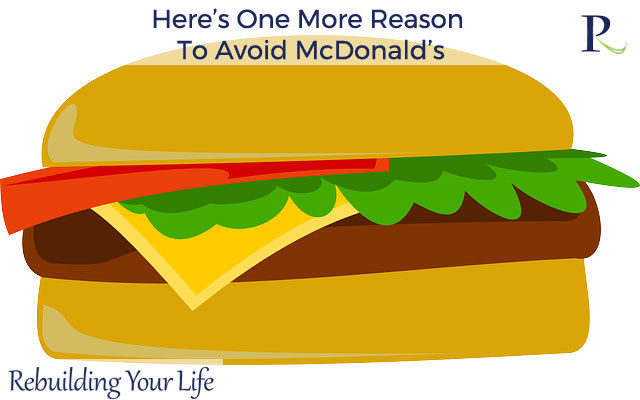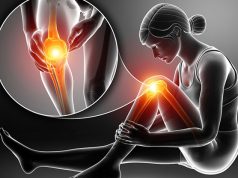Most of us know that if we want to improve our health (or consume a meal we won’t regret two minutes after the fact) McDonald’s is not the place to go for our next food fix. Perhaps the most infamous fast food destination in regards to poor health and lackluster nutritional options, this burger giant just won’t die. You may have seen McDonald’s offering as many salad varieties as it does fried fare, adding parfaits, smoothies, and now…wait for it— kale chips to the menu. Yes, that’s right. You can now go to a fast food restaurant and snag some kale. But does this really make McDonald’s a healthy choice?
No.
Here’s why: McDonald’s produces toxic foods like preservative-saturated French fries and artery-clogging “nuggets,” simply because that’s the cheapest way to produce food. When it comes down to it, it’s really only a convenient byproduct that these “foods” taste edible. Lastly, when a healthy option is introduced to the public for the express purpose of altering a brand’s image, forgoing any and all actual effort to increase the nutritional value of what’s being offered, that’s not a healthy choice; it’s a marketing ploy.
The Darker Side of the Golden Arches
We know that McDonald’s lures children and adults via fancy marketing and disturbingly low prices, producing foods that trigger sugar, high fat, and unhealthy food cravings. Behind these practices, they’re sending messages that they also offer healthy options to choose from. However, most of the “healthy” options advertised aren’t just deceptively presented through ads, but are egregiously misrepresented nutritionally speaking. Parfaits and smoothies are loaded with just as much sugar (or more) than a shake or an ice cream cone, while salads contain just as much fat (due to the croutons, cheese, roasted nuts, and dressings) as a hamburger and fries. Most also come with fillers and additives linked to poor health, digestion, weight gain, and inflammation.
Then, there’s the kale chips.
Kale chips at McDonald’s will be nothing like those you’d benefit from by making at home. They’ll contain oil, high amounts of salt, and go through rigorous processing to make it to all the chains in which they’re served. Put plainly, McDonald’s will hijack the “kale” name (and the wholesomeness it represents) while stripping it of any of the health benefits the real stuff actually offers.
In other words, you can bet they won’t be firing up dehydrators next to the burger grill to make their kale chips raw for all the healthy foodies out there. No matter what you think of the institution, consider that McDonald’s is not, and never will be, a healthy fast food chain. It has been a leading cause as to why so many children and adults are addicted to fast foods. They’re also one of the founding companies that put forth the concept of a quick food fix, introduced with the convenient “Happy” Meal years ago. This, according to many, was the beginning of the end.
Sustainability and Quality Control: Another Top Concern of the Popular Fast Food Chain
Let’s consider for a moment the amount of kale that will need to be mass produced in order to sufficiently supply the restaurant with enough “kale chips” to fulfill the enormous demand that a chain the size of McDonald’s will have. Will they be all organic and non-GMO? Likely not. This, in turn, will most certainly heighten demand for increasingly cheap sources of kale to be produced in order to meet needs.
Despite the fact that many of us are aware of this reality, the chain has still attempted to try to prove its place in the more nutritionally aware society we live in. While we can’t overcome the fallacy Mickey D’s sells to its consumers, what we can do is remember what healthy eating is really all about: self care and awareness about what we put in our bodies.
The Better Alternative to a Drive-Thru Meal
Instead of turning to a fast food joint that underpays its workers and deprives consumers of any real nutrition, we’d be much better off learning how to prepare our own at home. Not only is it less costly and healthier, but it’s also a more positive way to teach ourselves how to view food and cooking: as fuel and nourishment. Moms and dads with busy schedules, or even single individuals incapable of maintaining a Whole Foods budget, can all prepare something healthy in a blender, slow-cooker, or with a quick cook in a skillet on the stove. It might take a few extra steps, but will cultivate sound nutritional habits for years to come.
The bottom line? Drive-thrus don’t equal healthy food—period. But a well-stocked kitchen and a willing attitude? You bet.







